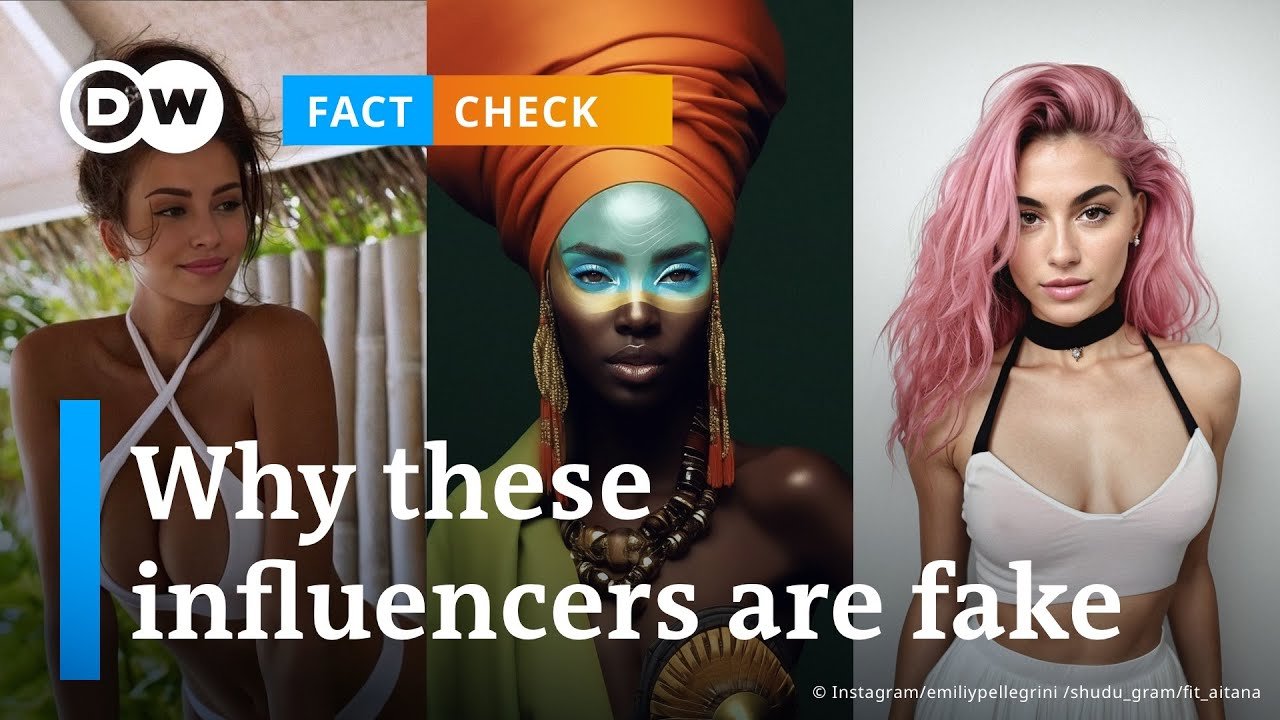As the digital landscape evolves, virtual influencers have emerged, blurring the lines between reality and virtuality. These influencers, who often promote brands like L’Oreal and BMW, have amassed large followings on social media platforms such as Instagram and TikTok. They are generated through artificial intelligence and 3D modeling, and their creators aim for such high levels of realism that many viewers may mistake them for real people. The video explores how these digital characters are created, their profitability, and provides tips on how to distinguish between real and virtual influencers.
- Virtual influencers can earn thousands of Euros and amass large social media followings.
- They are created using artificial intelligence, mixed reality, and 3D modeling.
- Production time for content varies from a few days for images to up to 10 days for short videos.
- Some virtual influencers are not transparent about their digital nature, fooling both fans and brands.
- Virtual influencer content can be significantly cheaper for advertisers than content featuring real humans.
- Several tips to identify virtual influencers include checking profiles for transparency, examining image perfection, content sexualization, video authenticity, and analyzing background consistency.
- AI detection tools currently lack reliability in determining the authenticity of digital influencers.
- The video encourages viewers to be aware that AI is increasingly integrated into influencer content, creating an augmented reality where the lines between real and virtual influencers are often blurred.
DW News is a global news TV program broadcast by German public state-owned international broadcaster Deutsche Welle (DW).
AllSides Media Bias Rating: Center
https://www.allsides.com/news-source/deutsche-welle-media-bias
Official website: https://www.dw.com
Original video here.
This summary has been generated by AI.
